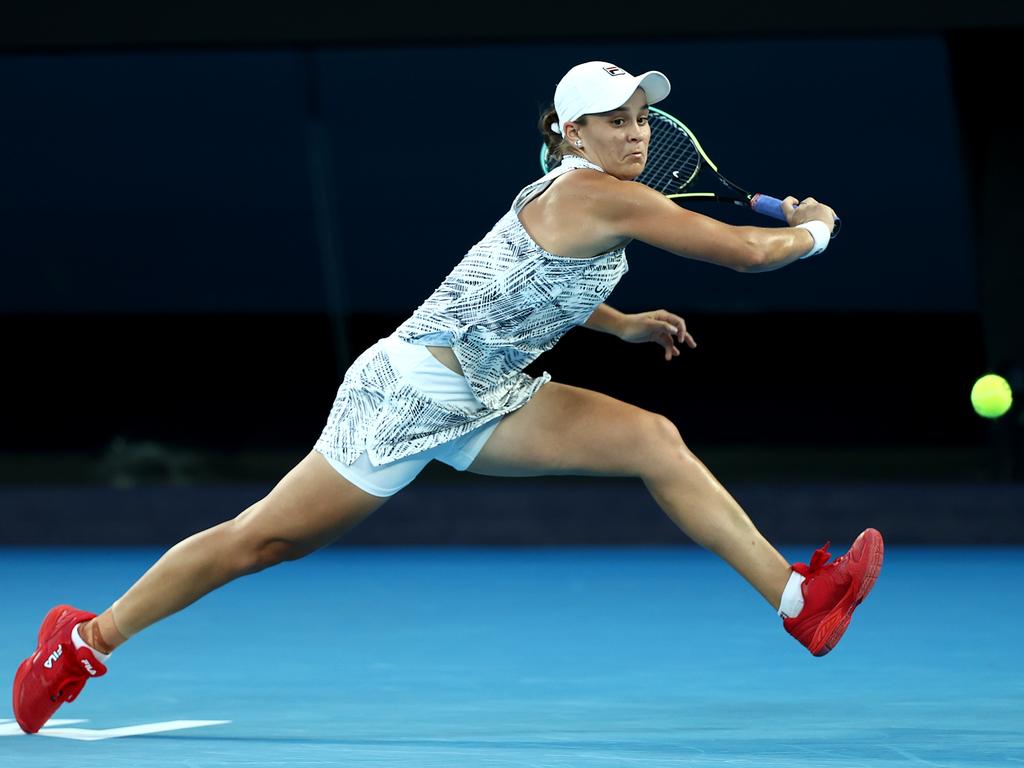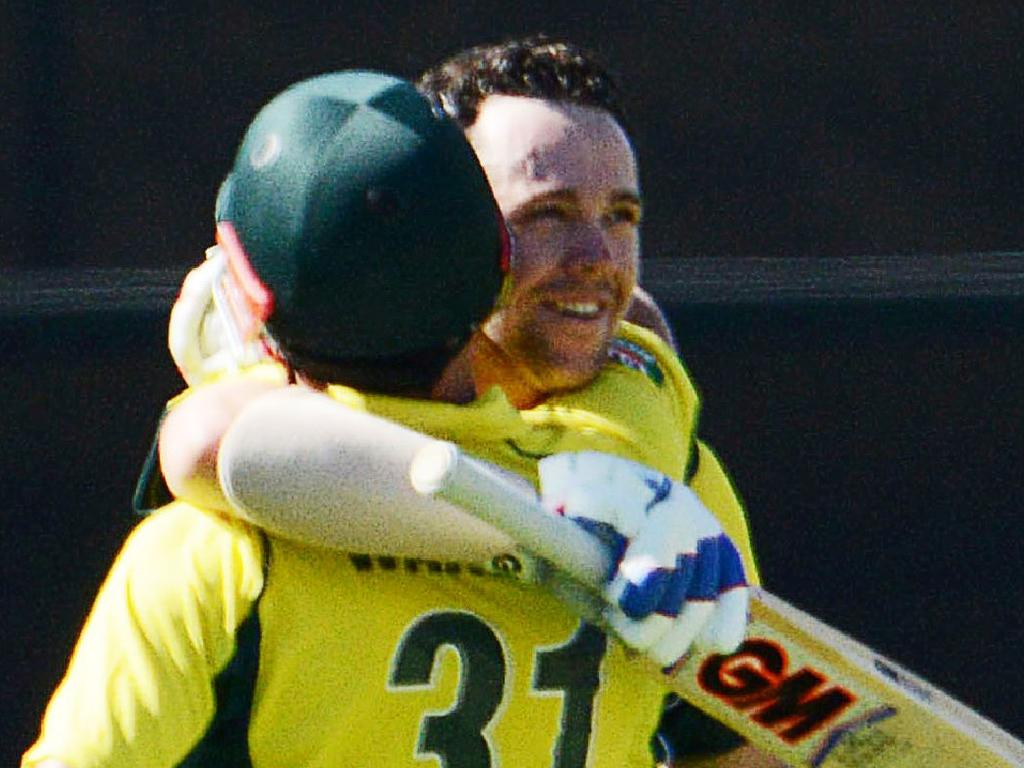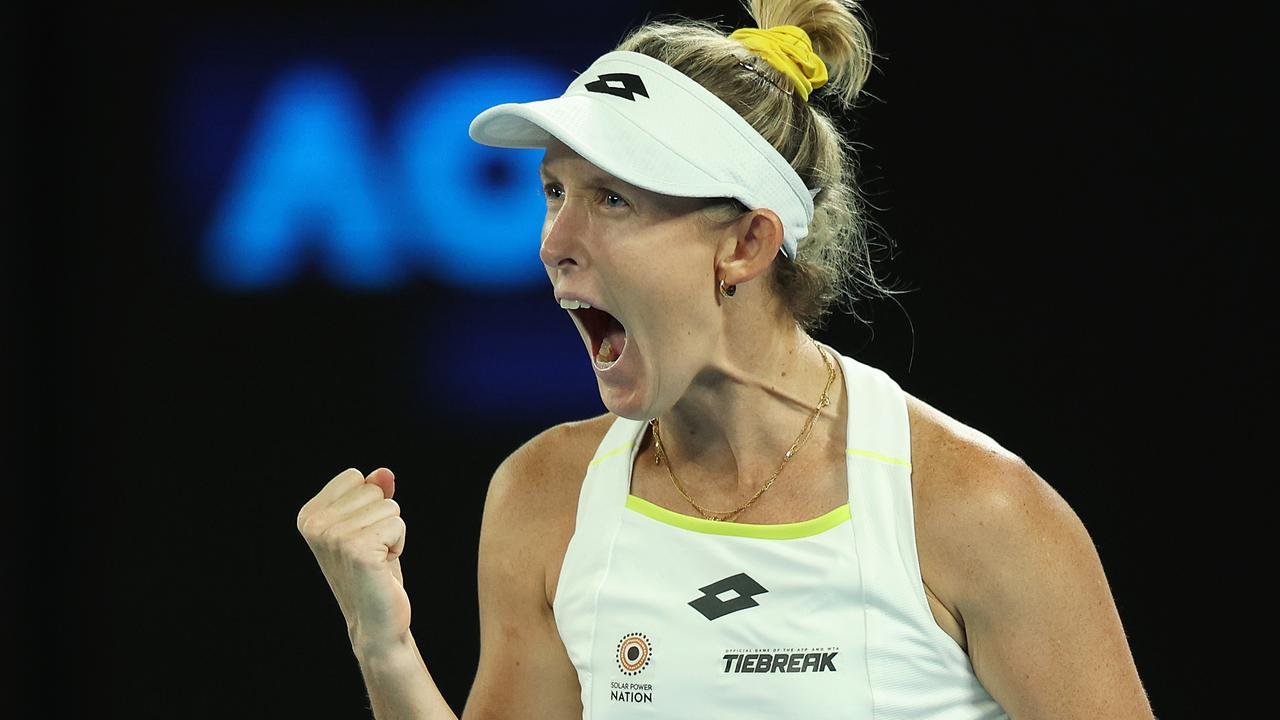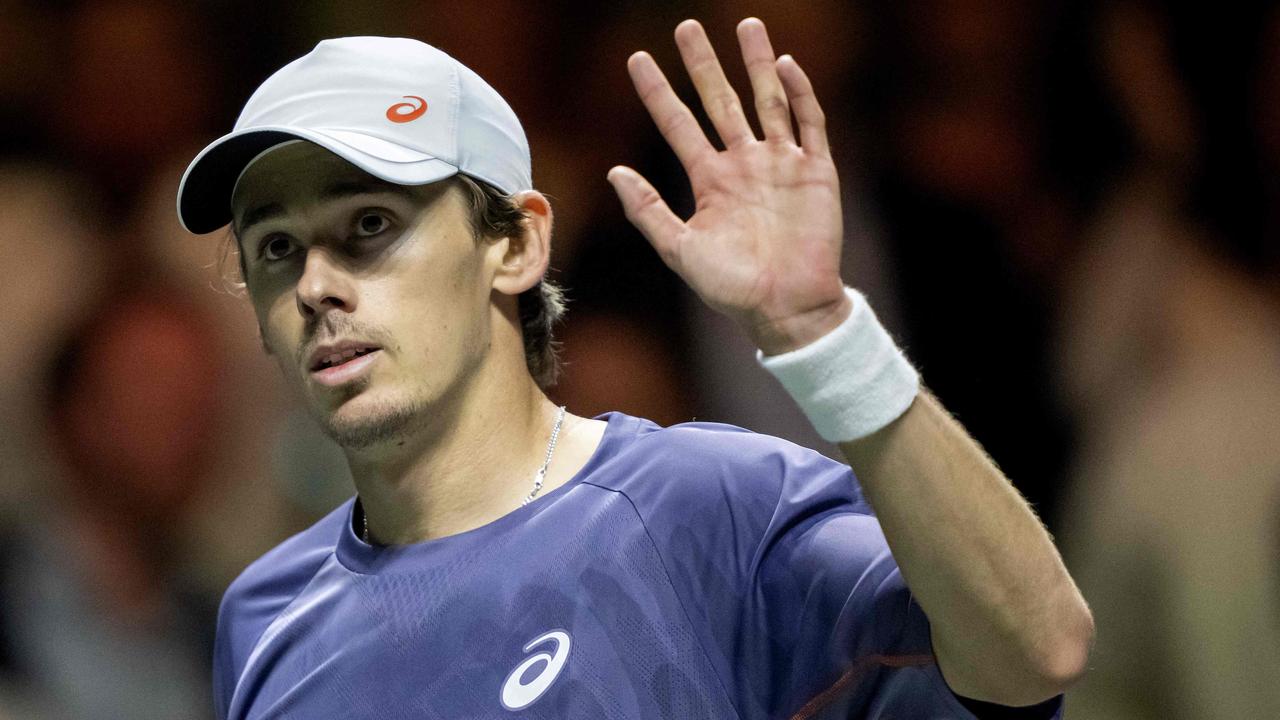Australian Open 2022: How to beat Ash Barty – ‘Kill the forehand’
The guru who developed the ruthless tactic that ended Ash Barty’s Wimbledon in 2019 is preparing Madison Keys to do it again in today’s semi-final.
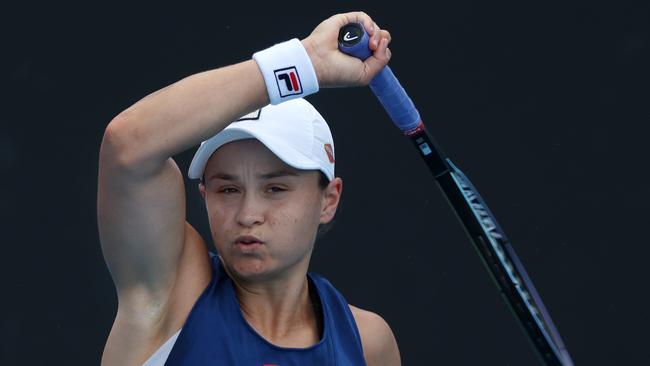
I’m having a hit of tennis in Melbourne. Doubles with great mates. There’s a sharp leftie called Craig O’Shannessy by my side. He knows his stuff. At 2-2 and 0-15, he casually mentions, “I absolutely know 100 per cent how to beat Ash Barty.” Really? Tell me more.
He’s a great bloke. A fine player. And he’s not mucking around. He’s the most esteemed analyst in the sport. Devised tactics for Novak Djokovic and Matteo Berrettini but even more interestingly, he’s plotted the demise of Barty to Alison Riske at the 2019 Wimbledon championships.
It’s fascinating stuff. If Barty knows how to poke holes in Madison Keys’ game in Thursday night’s Australian Open semi-final, a match against a big-hitting American that has alarm bells ringing all over it for the world No.1, O’Shannessy has pored over enough data and footage to know how to poke holes in Barty.
“Kill the forehand,” he says.
Keys is a hell of a player. A natural. The best women’s player yet to win a major. Wait until you see her forehand. It’s free. Powerful. Actually, her whole game is potentially overwhelming for Barty. She serves big. The two-handed backhand is loose as a goose. Which is a good thing. She hits big and beautifully. Barty has succeeded against her before but as recently as last year, O’Shannessy has been called in by Keys to help her understand her own game. The question around the abundantly talented Keys is this. How has she not won a major yet?
Barty’s loss to Riske at Wimbledon in 2019 had come from nowhere. O’Shannessy has been the mastermind behind it. Asked how Keys can beat Barty at Melbourne Park, the US-based Australian says, “If Madison Keys hits balls to Barty’s backhand, she’ll be on the next flight home.”
In other words, hit every ball to Barty’s forehand. The shot that has taken the sublime Barty to two majors and the world No.1 ranking is the sliced backhand. It kills opponents like she’s tickling them to death. The cure? It seems ridiculous that no-one goes out and does this. More or less, for all intents and purposes, just attack her forehand. Because according to O’Shannessy, as much of a weapon as it is, it can fold.
Barty gives the impression of having the time of her life in Melbourne. Pressure? Stuff that! She’s playing cricket before matches in the park next door, putting a wheelie bin as place as stumps, there’s an electric wickie, she bowling leggies like Georgia Wareham, who just so happened to be at RLA alongside Sophie Molineaux and Tayla Vlaeminck for Barty’s fourth-round win over Jessica Pegula.
Let’s give the floor to O’Shannessy. A quick Q and A.
How’d you get Keys out of her doldrums last year? “I went to Florida,” he says. “It was in the middle of Covid. We did a synopsis of 10 of her matches to figure out what she’s doing well and what she needs to improve. A lot of players, you think that they know what’s going on, on the court, but they really don’t. It was quite interesting with Madison. We focused a lot on, how does she win the point without the point ending in a winner? That was a big focus because Madison had been shown all her life the highlight reels of big winners and all that big artillery. But that doesn’t get you over the line. That’s the icing on the cake. You’ve got to develop the point.”
What exactly did you do with Keys? “So I went down to Orlando, where she was based, and we watched a lot of video. I put all 10 matches into one database and to start with, we extracted where she serves well. She’s probably the pre-eminent server on the women’s tour with the slice serve out wide in the deuce court. She not only makes it a lot, it’s extremely effective and she follows it up with a serve plus one forehand going into the backhand corner. It’s just a real natural angle for her to hit. But there’s other areas, such as serving wide in the ad court that she struggles with. So once you know your strengths and you know your weaknesses, you can then prioritise and develop those areas. The thing is, Madison has such a big game.”
What kind of game can trouble Barty? A big game. Keys has firepower coming out of her ears. Patience has rarely been her virtue but she’s been taking her time a little more at the Open. How so?
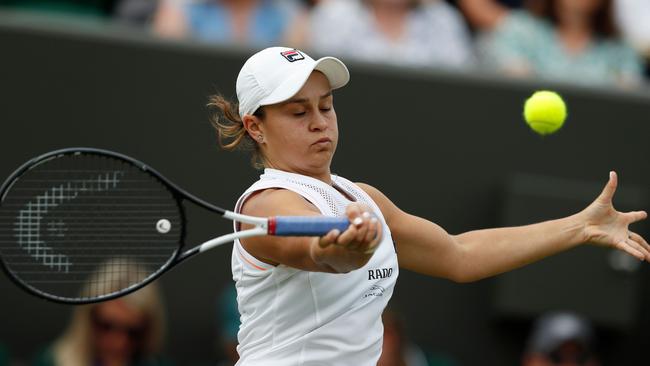
“One of the things that always stood out to me was when Andre Agassi defeating Yevgeny Kafelnikov in the 2000 Australian Open final in four sets, and it was Bruce McAvaney that interviewed Agassi afterwards,” O’Shannessy says. “They’re talking about the final and Agassi’s describing how Kafelnikov plays. One of the things he says is that, ‘Yevgeny is only looking to pull the trigger one time in a point.’ I showed Madison that and she’s like, ‘I’m trying to pull the trigger almost every shot.’ So it’s a little bit like basketball, where you count the assist. In tennis we don’t count the assist, and Madison didn’t really have an understanding of how much the assist is needed. She was going for winners off low-percentage shots, especially down the line. You see a lot of players when they panic or when they get nervous or tight or tired, they go for a down-the-line, on-the-run winner. We wanted to completely extract that out of her game.”
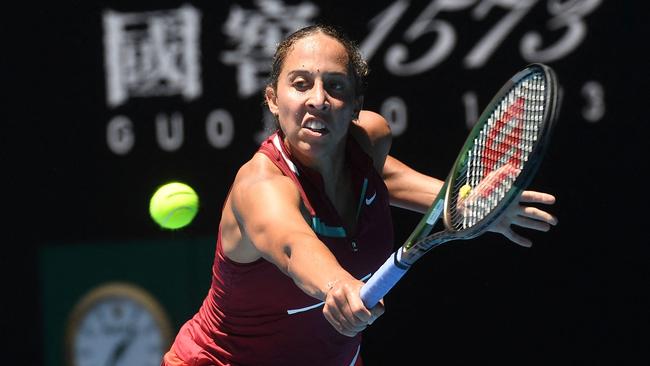
How do you beat Barty, then? How did Riske do it? Heaven forbid, how does Keys do it?
“Well, the first thing you need to understand is what Barty’s weapons are,” O’Shannessy says. “It’s her slice backhand. What sets Barty apart is that slice backhand. When I worked with Alison Riske at Wimbledon, the whole goal was to not let Ash Barty hit slice backhands. At all. She’s incredibly good in that area because she’s going to hit a slice backhand that you can’t do anything with. Or she’s going to upgrade to a run-around forehand with the next shot. Here in Australia, where the ball skids, it’s a double whammy. You’re hitting a ball that your opponent will never miss. And you’re getting a ball that you can never do anything with. So that was kind of a preview for Alison Riske. I basically said, ‘Don’t hit it to her backhand.’”
And then? “You’re playing even. It’s forehand versus forehand,” he says. “And Ash can get wild with forehands out wide. When her forehand starts looking like Rafa’s, that’s where the problems occur, the excessive flicking and the follow-through. The lasso swing is a real key to uncovering when Ash Barty’s struggling with her forehand. Rafa does it for different reasons. Ash Barty and a lot of other players do it because they’re jumping, because they’re off-balance. I’ve scouted Ash in her previous matches and there’s a general movement and balance which is better to the backhand side. So every time, Madison just needs to go forehand to forehand. She’s knows who she is a player now. She’s done her homework. She’s spent time and invested in figuring out her best patterns of play. If Madison Keys wins this match, it’ll only be because she turned it into a forehand-to-forehand battle.”



